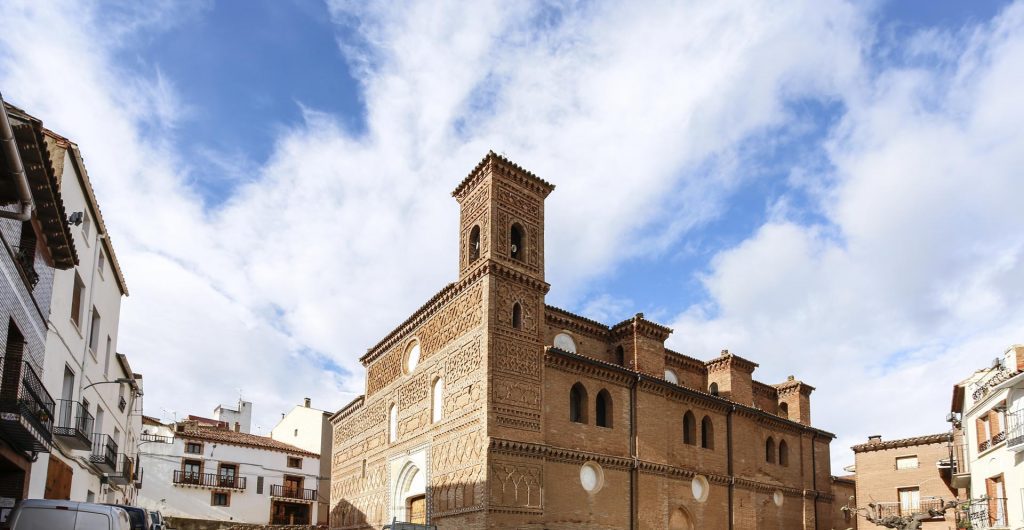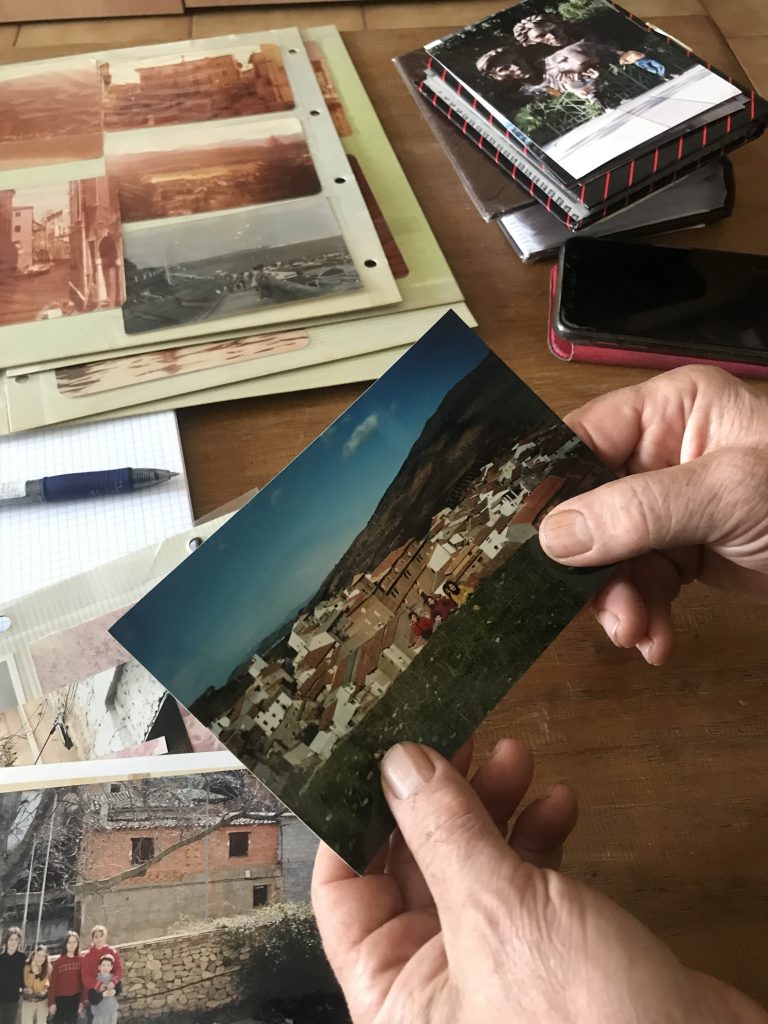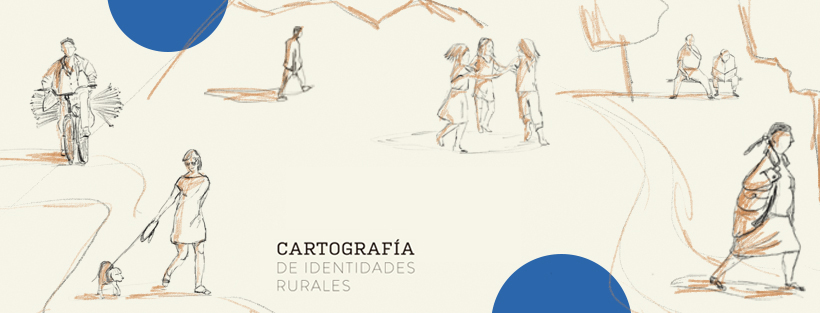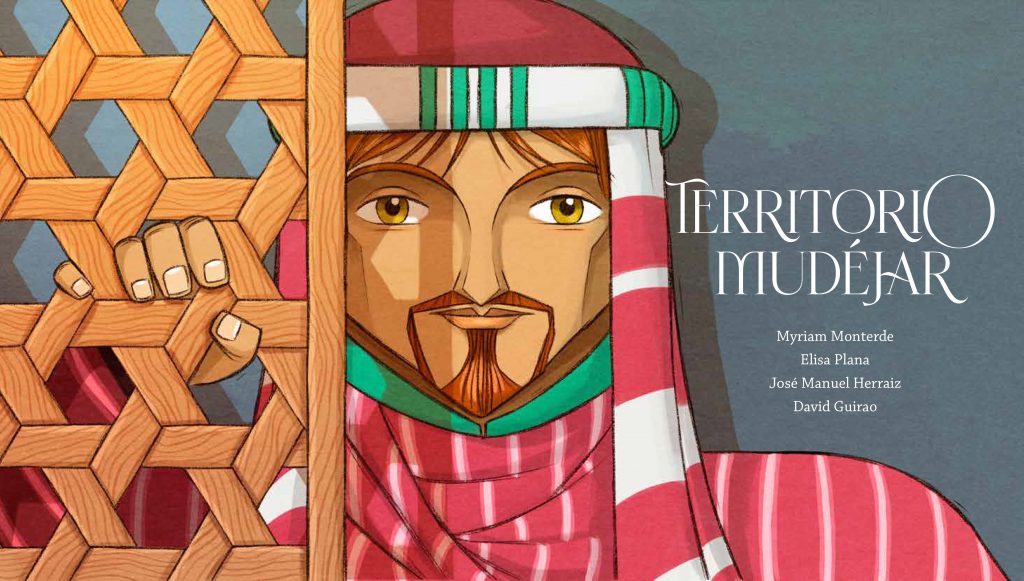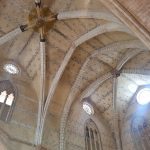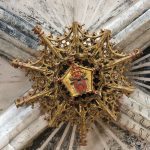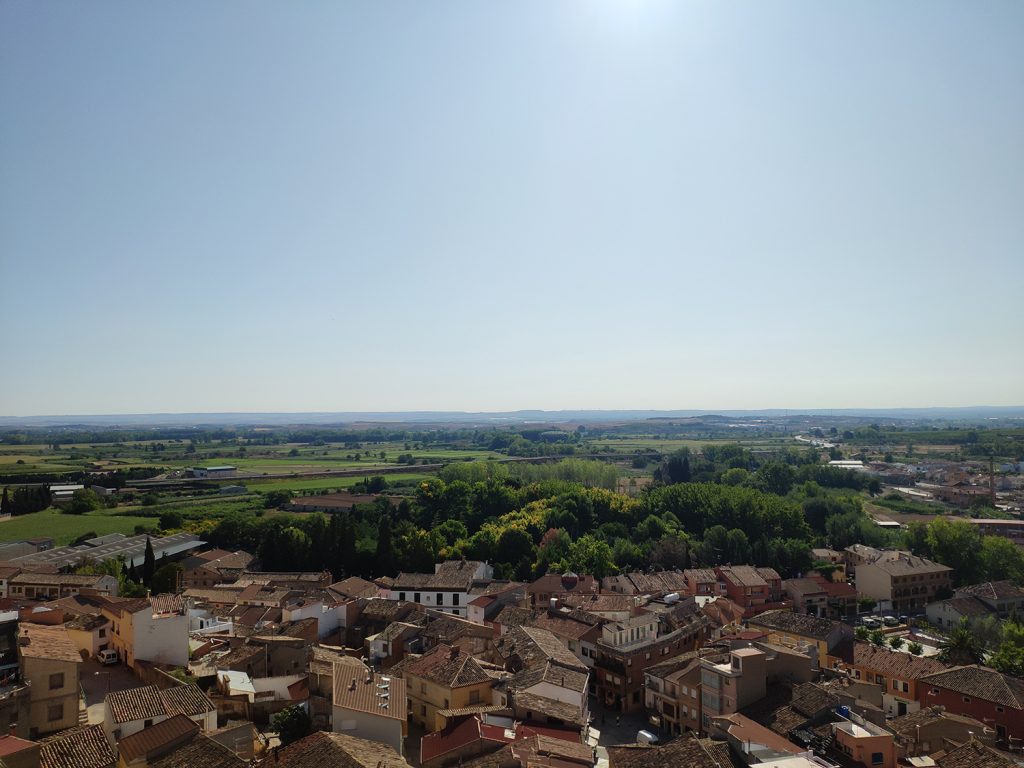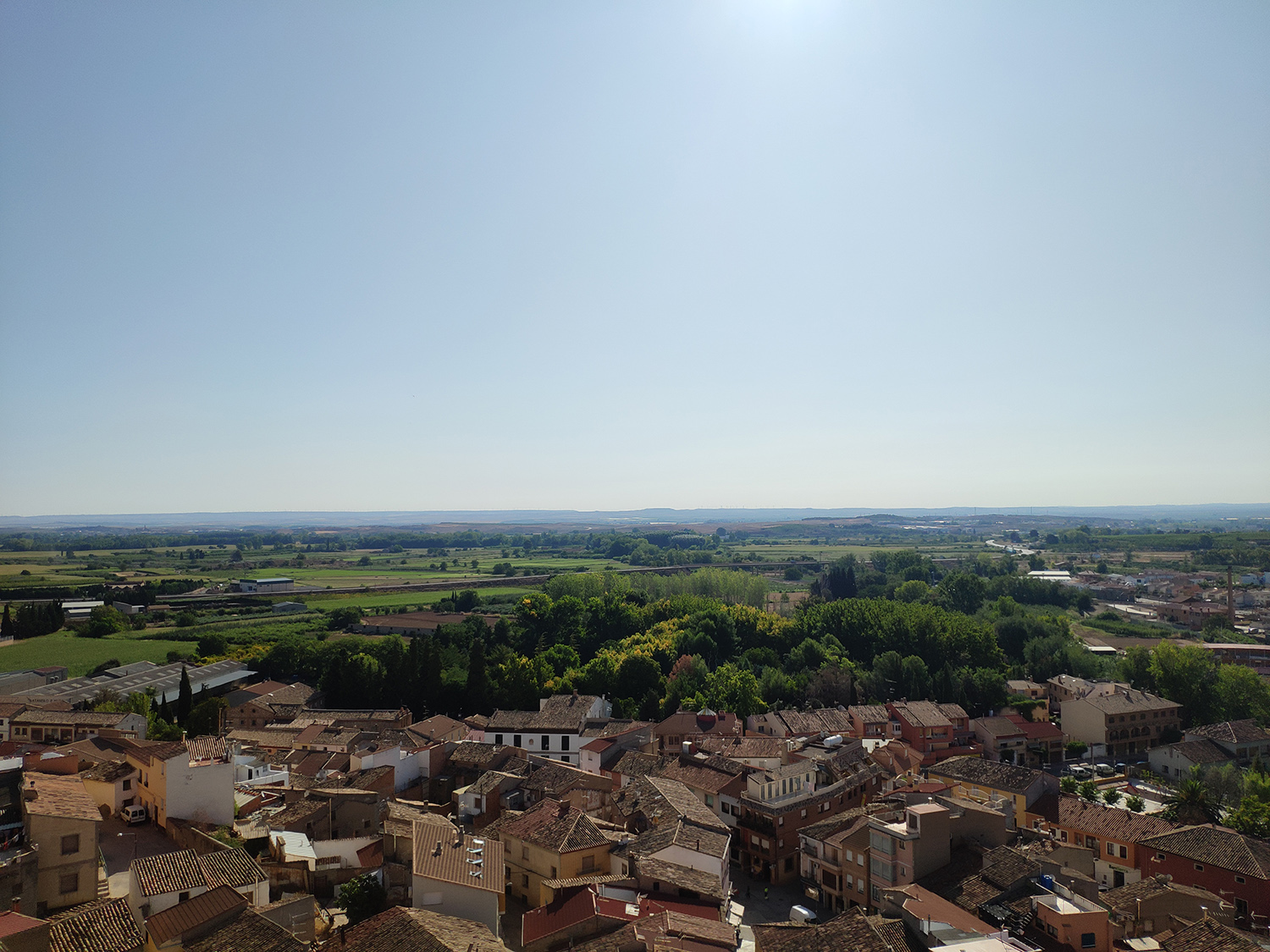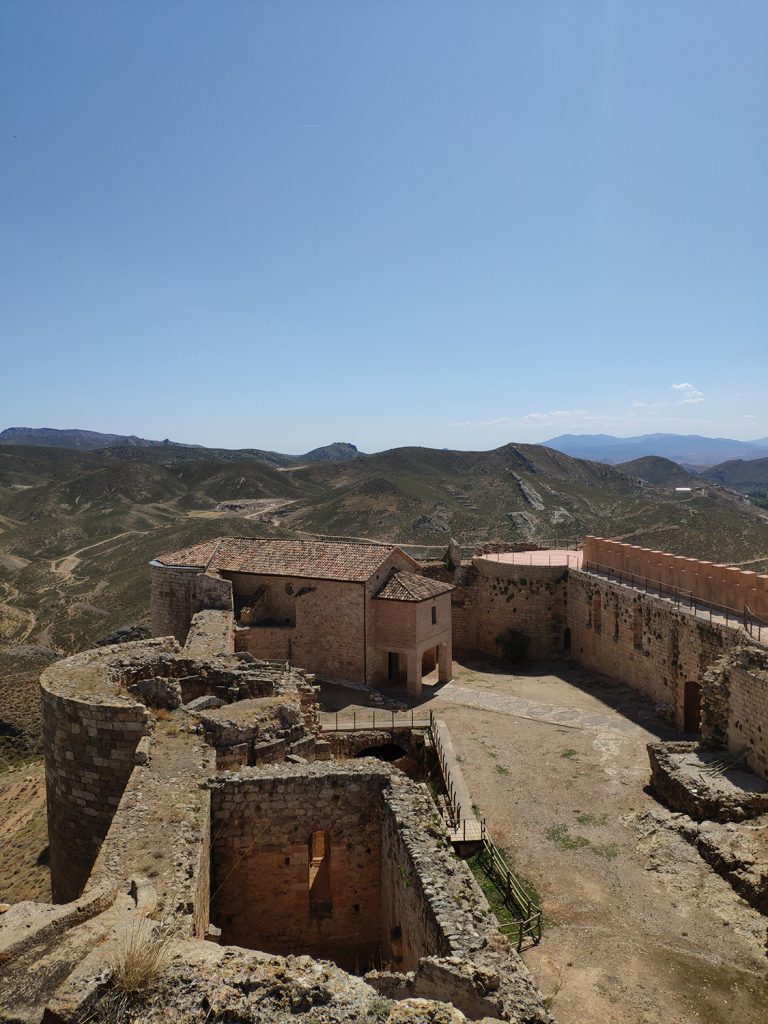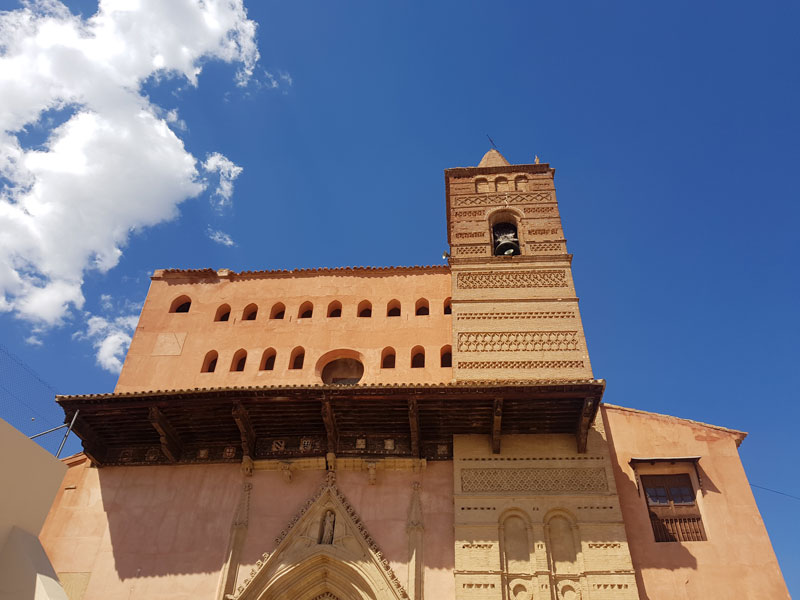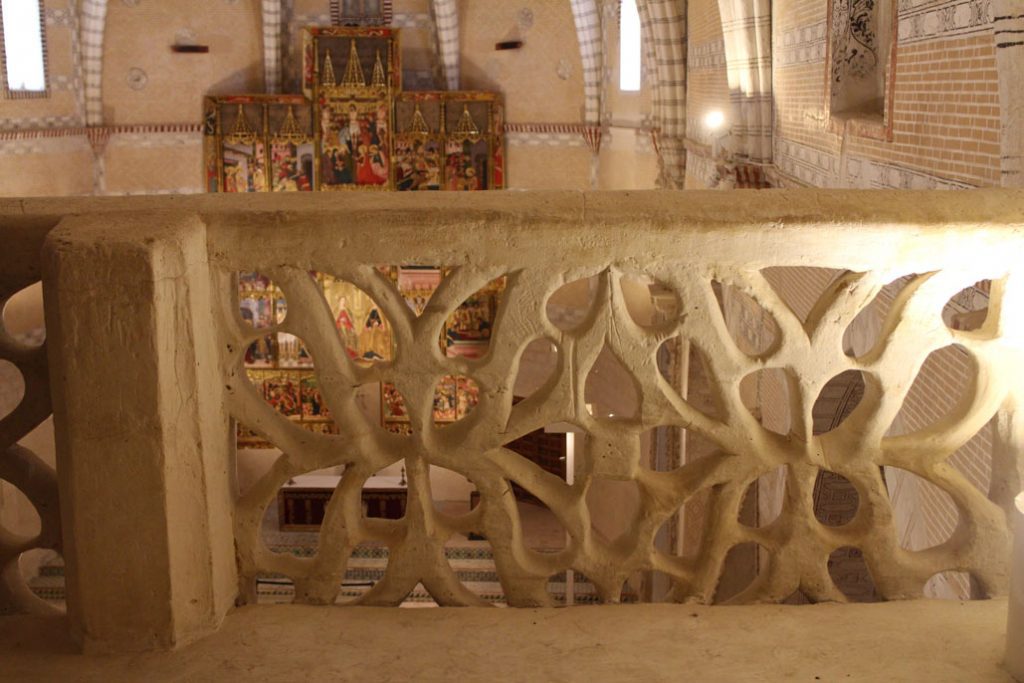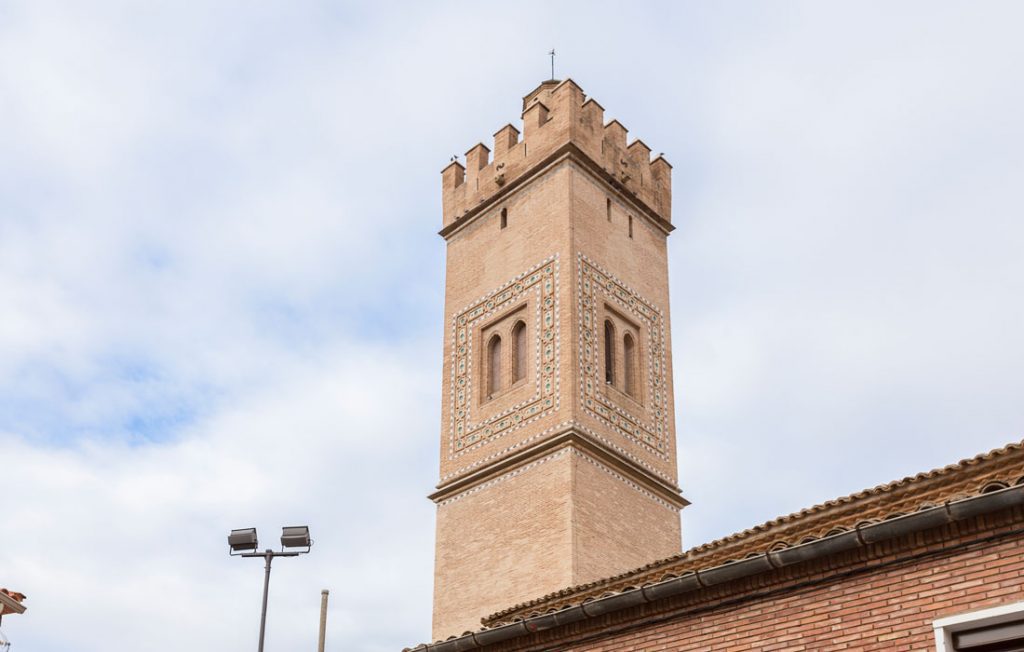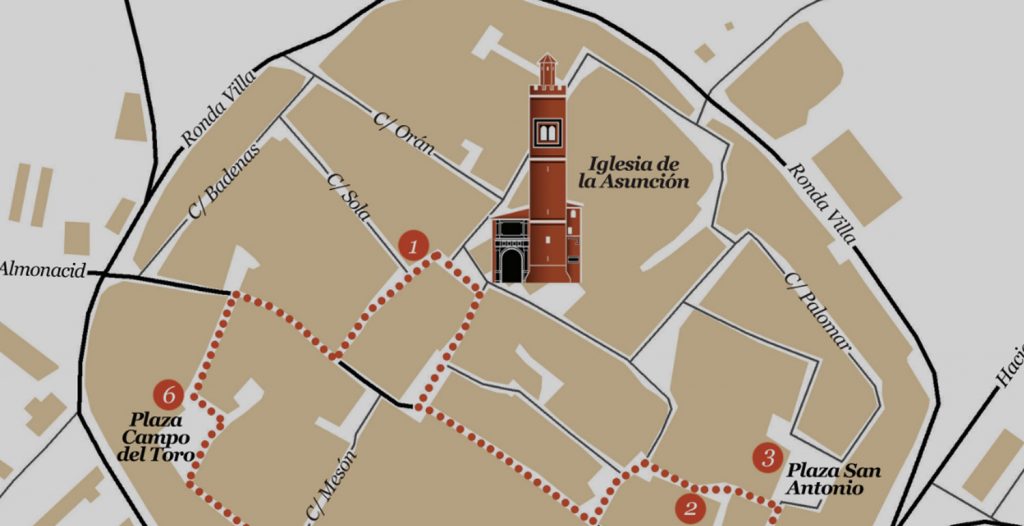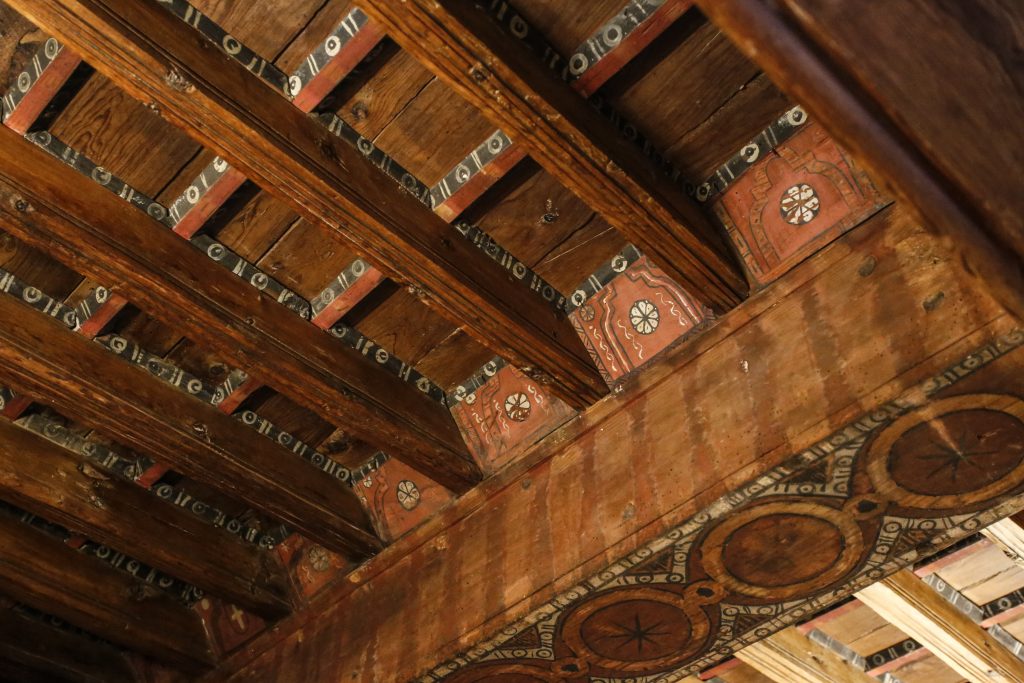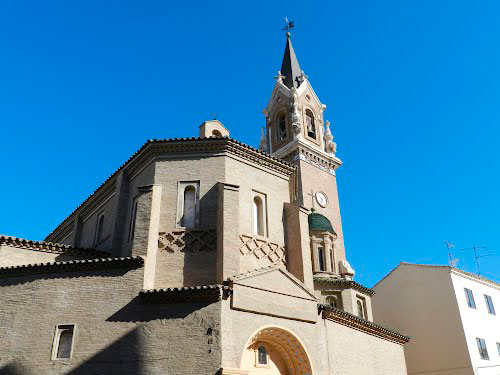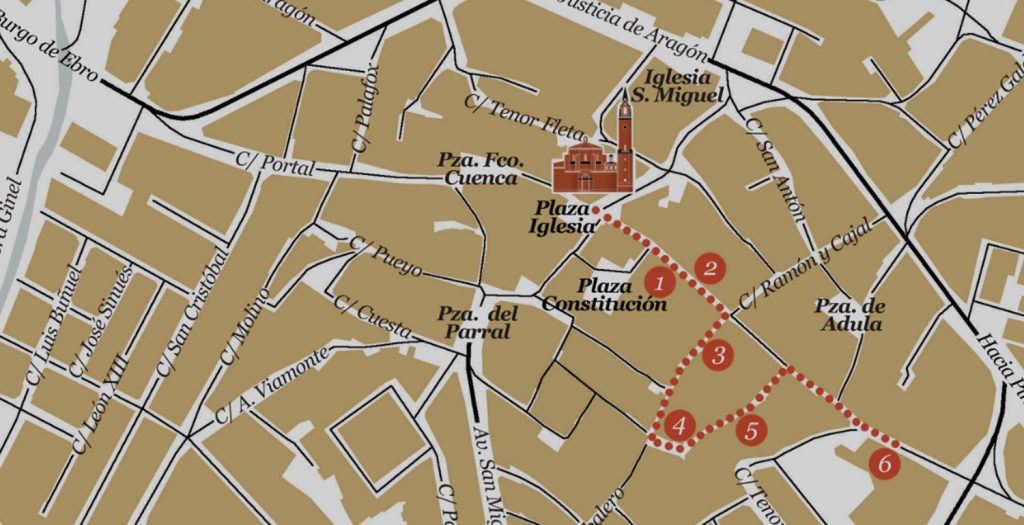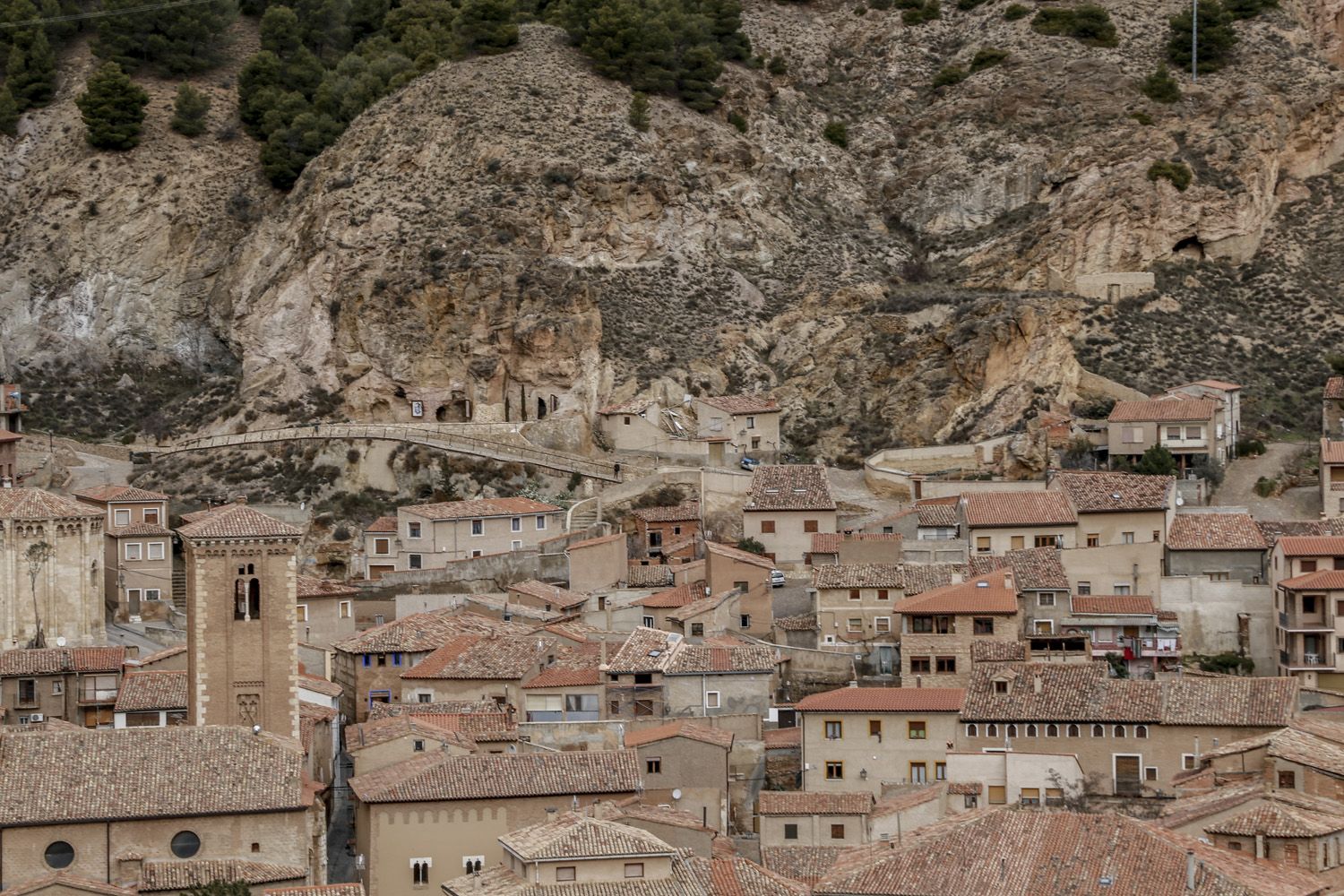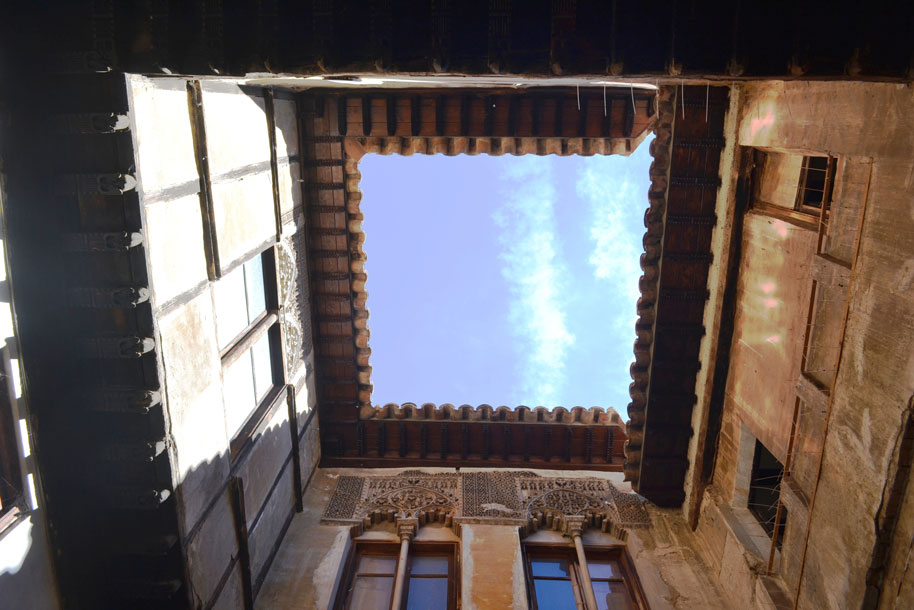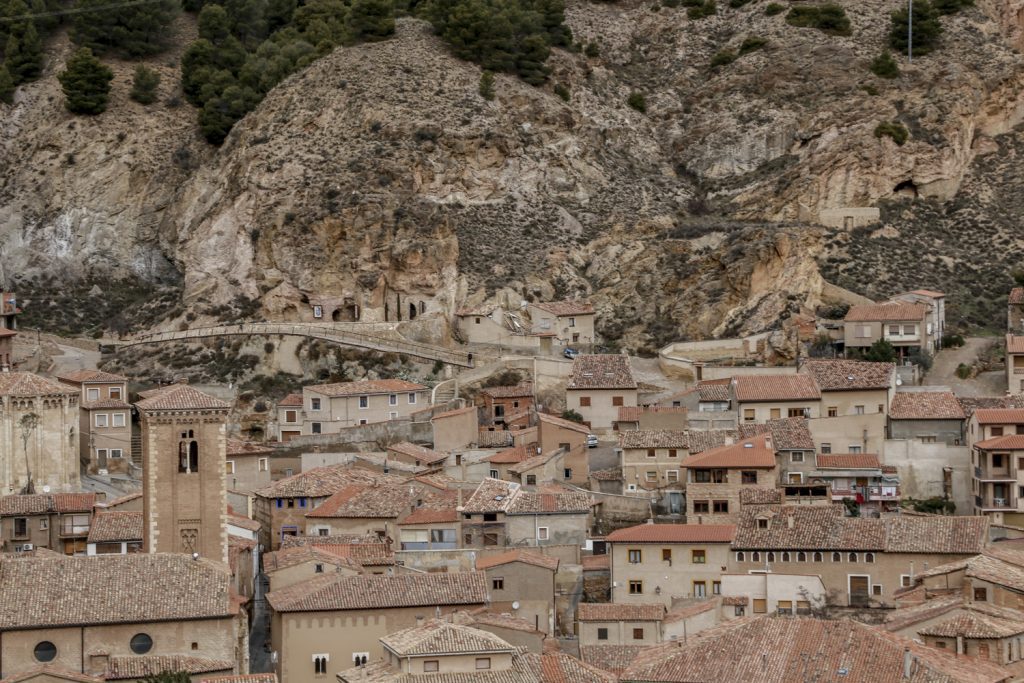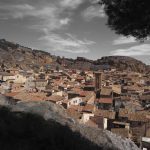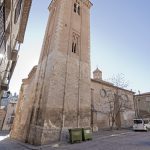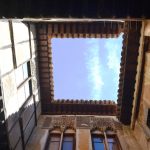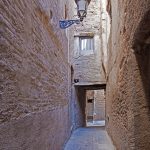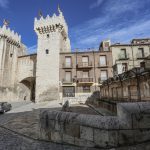
Monuments

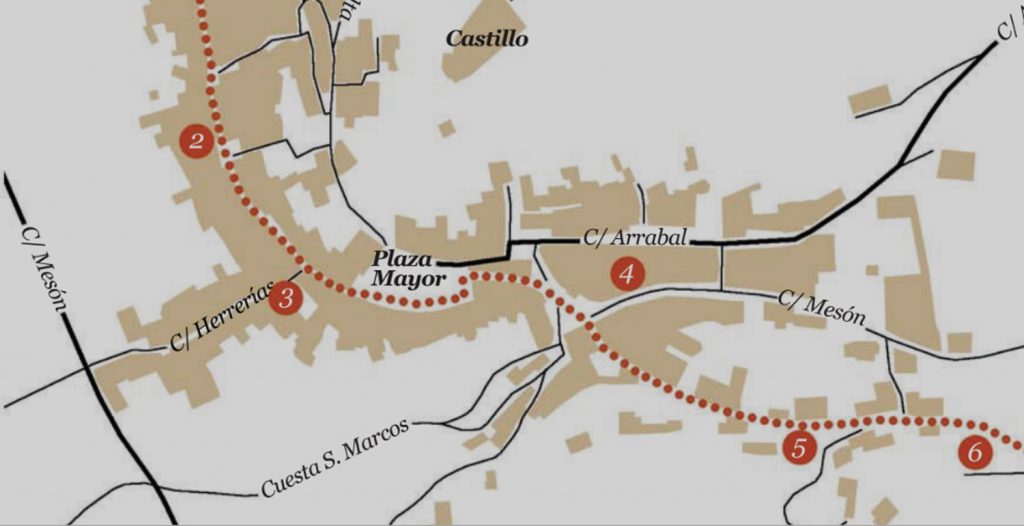
Mudetrad Project

Circular from the rural school
Family walks

Home of Moorish artisans
Villafeliche, a manor of the Camarasa marquisate, is one of the best examples of rural mortuary, as in Torrellas or Terrer, and it is enough to stroll through its streets to feel the urban imprint of Islamic tradition.
We know that the town had two quarters, one of Old Christians and the other first of Mudejars and then New Christians, after the expulsion of the Moors. Its urban layout is organised around a main artery with narrow streets and alleys that form a picturesque layout punctuated by ancestral homes, the nucleus where the mosque would have stood, of which remains were preserved until well into the 20th century.
The hamlet was dominated by a fortress of Muslim origin, which in 1221 became part of the kingdom of Aragon and which today imposingly defines the profile of the town.
Villafeliche, a manor of the Camarasa marquisate, is one of the best examples of rural mortuary, as in Torrellas or Terrer, and it is enough to stroll through its streets to feel the urban imprint of Islamic tradition.
We know that the town had two quarters, one of Old Christians and the other first of Mudejars and then New Christians, after the expulsion of the Moors. Its urban layout is organised around a main artery with narrow streets and alleys that form a picturesque layout punctuated by ancestral homes, the nucleus where the mosque would have stood, of which remains were preserved until well into the 20th century.
The hamlet was dominated by a fortress of Muslim origin, which in 1221 became part of the kingdom of Aragon and which today imposingly defines the profile of the town.
The Royal Gunpowder Factory
In the town centre, the Baroque church of San Miguel stands out especially, with a tower that reminds us of the Mudejar tradition of the town; decorated with groined ceramic tiles and highlighted brickwork, this tower is an example of how the deep roots of Mudejar forms in Aragonese society, due to the late expulsion of the Moors (1610), favoured the survival of the building tradition.
Villafeliche also has a Mudejar stamp in its crafts. On the one hand, it has a renowned pottery tradition dating back to the 15th century and is known to have been the largest supplier of pots in the region. On the other hand, the gunpowder mills and the Real Fábrica de Pólvora of the town constituted, in its more than four hundred years of existence, one of the main economic activities of the province of Zaragoza and Aragon.
Today, now definitively closed, they form a pre-industrial landscape of great heritage importance which, due to its geographical extension and the complexity of the production process, still reveals its past economic, social and strategic importance. The origin of the gunpowder mills of Villafeliche seems to go back to the Mudejar period, although their peak was between the 18th and 19th centuries: in 1764 there were 165 powder mills in operation and in 1800 there were some 180.
Also worth seeing is the striking Way of the Cross marked by small pantheon shrines.
In the city centre, the Baroque church of San Miguel stands out, with a tower that reminds us of the city’s Mudejar tradition; decorated with groined ceramic tiles and highlighted brickwork, it is an example of how the deep roots of Mudejar forms in Aragonese society, due to the late expulsion of the Moors (1610), favoured the survival of this architectural tradition.
Villafeliche also has a Mudejar stamp in its crafts. On the one hand, it has a renowned pottery tradition dating back to the 15th century and is known to have been the largest supplier of pots in the region. On the other hand, the gunpowder mills and the Real Fábrica de Pólvora of the town constituted, in its more than four hundred years of existence, one of the main economic activities of the province of Zaragoza and Aragon.
Today, now definitively closed, they form a pre-industrial landscape of great heritage importance which, due to its geographical extension and the complexity of the production process, still reveals its past economic, social and strategic importance. The origin of the gunpowder mills of Villafeliche seems to go back to the Mudejar period, although their peak was between the 18th and 19th centuries: in 1764 there were 165 powder mills in operation and in 1800 there were some 180.
Also worth seeing is the striking Way of the Cross marked by small pantheon shrines.
Information
Town hall
www.villafelicheturismo.es
Association for Integral Rural Development
of the lands of Jiloca and Gallocanta
adri.es
VISIT VILLAFELICHE 976 633 296
DO YOU WANT TO KNOW MORE?
The Cid’s Way
caminodelcid.org
Centre for Bilbilitan Studies
cebilbilitanos.com
Torre Albarrana Association
torrealbarrana.com
Territorio Mudéjar Network
The city council has been a founding member of Territorio Mudéjar since enero 2019.
Projects Mudejar Territory in Villafeliche
Monuments | View the project
Pedagogy | View the project
Mudetrad Project | View the project
Mudejar plaster | View the project
Didactic Mudejar, the guide | View the project
Preventive town planning | View the project
‘Circular’ Family walks | View the project









